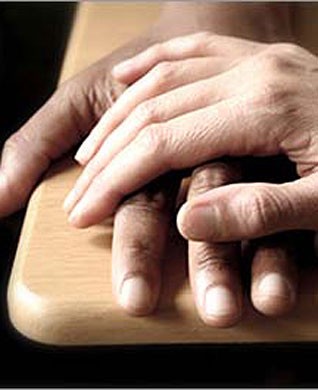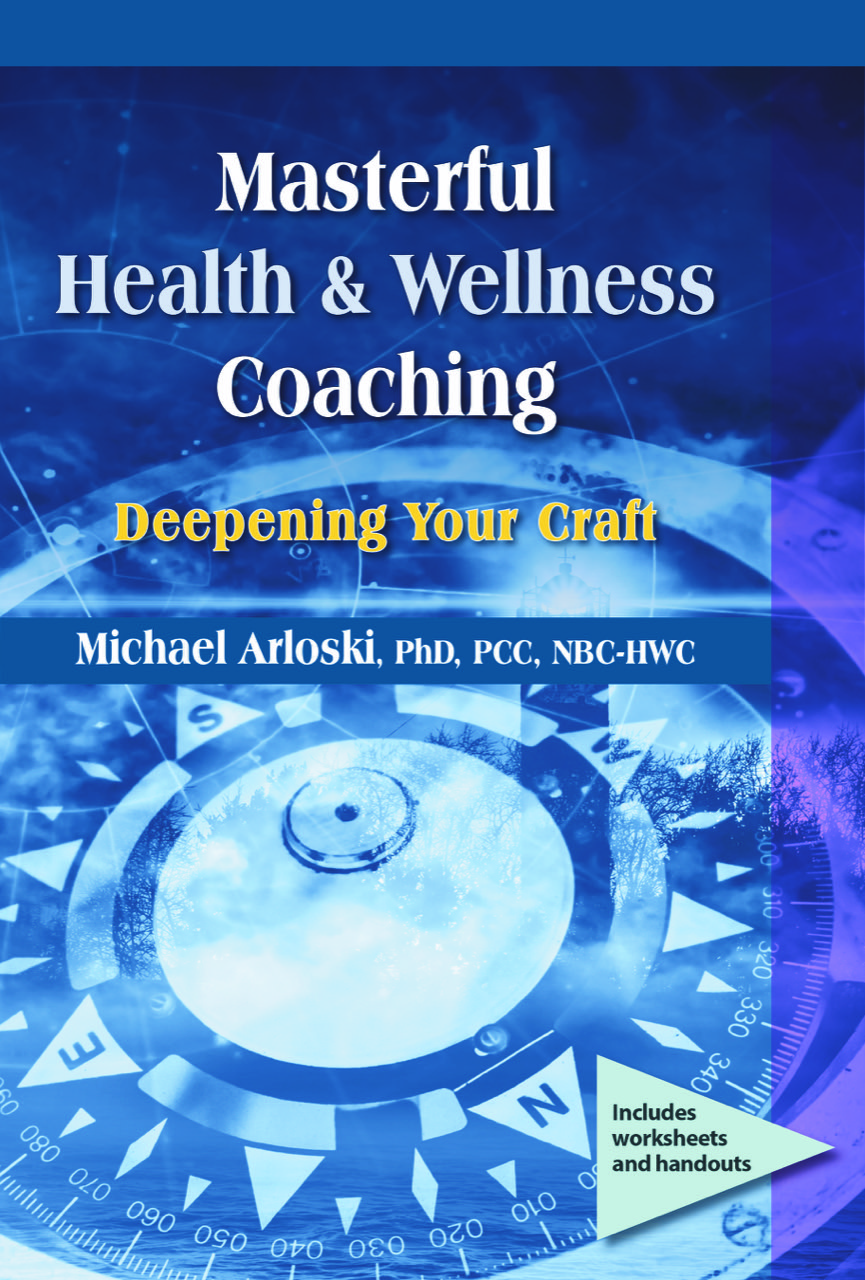Compassionate Detachment: The Being and Doing of Coaching Part One

Over six thousand wellness coaches have been trained by The Real Balance Global Wellness Services that I founded. In the process of teaching these people how to become effective wellness coaches I have benefited, as all teachers do, by learning from my students. In reading over a thousand case studies, listening to hundreds of recordings, interacting in classes and hearing their stories about clients and their own lives, my conclusions that all human helpers need to give as much attention to how to be as to what to do, has been reinforced again and again. In this series of posts I will be exploring both the Being (mindset, consciousness, awareness, conveying the facilitative conditions of coaching, etc.) and Doing (methodologies, techniques, tools, etc.) of the effective wellness coach.
Compassionate Detachment
Twenty-seven years or so of doing psychotherapy with a wide variety of clients had its joys and challenges. Upon hearing the detailed recount of a young man or woman (yes, both) who had been abused sexually by a parent, I couldn’t just go home saying “It’s only a movie.” Clients come needing to tell their stories to a therapist who is not afraid to go absolutely anywhere with them. A really good therapist learns to be a true warrior/warrioress of the heart who is completely fearless. Yet, the only way they can go into battle again, side by side with their client is by learning something about compassionate detachment.
We practice compassionate detachment for the benefit of our client and for our own benefit as well.
Compassionate detachment is respecting our client’s power enough to not rescue them while extending loving compassion to them in the present moment. Simultaneously compassionate detachment is also respecting ourselves enough to not take the client’s challenges on as our own and realizing that to do so serves good purpose for no one. (Michael Arloski)
Compassionate detachment is an honoring of our client’s abilities, resourcefulness and creativity. We remain as an ally at their side helping them to find their own path, their own solutions. We may provide structure, an opportunity to process, a methodology of change and tools to help with planning and accountability, but we don’t rescue. As tempting as it is to offer our suggestions, to correct their “errant” ways, to steer them toward a program that we know “works”, we avoid throwing them a rope and allow them to grow as a swimmer. Sure, we are there to back them up if they go under, or are heading toward a waterfall. We are ethically bound to do what we can to monitor their safe passage, but we allow them to take every step, to swim every stroke to the best of their ability.
To be compassionate with a client we have to clear our own consciousness and bring forth our nonjudgmental, open and accepting self. We have to honor their experience.

"Only in an open, nonjudgmental space can we acknowledge what we are feeling. Only in an open space where we're not all caught up in our own version of reality can we see and hear and feel who others really are, which allows us to be with them and communicate with them properly." Pema Chodron, When Things Fall Apart
Compassionate detachment is also about giving ourselves permission to protect ourselves. Being in proximity to the pain of others is risky work. There are theories about the high rates of suicide among dentists based on this. Compassionate detachment is also about being detached from outcome. We want the very best for our clients and will give our best toward that goal, but we give up ownership of where and how our client chooses to travel in the process of pursuing a better life. Their outcome is their outcome, not ours.
Compassionate detachment is not about distancing ourselves from our client. It is not about numbing ourselves out mentally, emotionally or physically. It is not about treating our clients impersonally. That is mere detachment alone and more a symptom of burnout than of good work as a coach, therapist or any kind of human helper.
Intimacy is what allows compassion. When we fear closeness we will hold back. We will be less empathic because we fear connecting with our own feelings. Compassionate detachment is being centered enough in ourselves, at peace enough in our own hearts, to be profoundly present with our clients in their pain and in their joy as well.
“The most precious gift we can offer others is our presence. When mindfulness embraces those we love, they will bloom like flowers.” Thich Nhat Hanh








Only registered and logged in readers can leave comments.